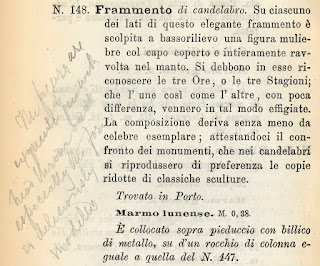 |
| 1869 Photograph by John Moran of the Physick House, which was originally owned by Madeira merchant Henry Hill. |
When Ben Franklin founded the Library Company in 1731, Madeira was already the rage in Philadelphia. As the favored drink of America’s elite in the eighteenth century, Madeira helped to establish a wealthy mercantile class that included many Library Company members. To honor this history, The Rare Wine Co. will produce a special Library Company Madeira, which will be unveiled on Saturday, October 17 at the Library Company.
The unveiling and celebration will include a wine tasting, a symposium, and a mini Madeira exhibition. Mannie Berk, founder of The Rare Wine Co., and Ricardo Freitas, Managing Director of one of Madeira’s most
important houses, Vinhos Barbeito, will lead the tasting, which will feature Madeiras from The Rare Wine Co.—including the new Library Company bottling—and appropriate cheeses, dried fruits, and nuts. For the symposium portion of the program, Mannie Berk and Ricardo Freitas will talk about the development of Madeira importing and connoisseurship, and Library Company Trustee Emeritus and historian David Maxey will discuss Madeira merchant Henry Hill. The Madeira exhibition will bring together objects from the Library Company's collection and the private collection of Mannie Berk.
The program will take place at the Library Company on Saturday, October 17 from 11:30 am to 1:30 pm. Tickets are $25 for Library Company members and $35 for non-members. The Madeira exhibition will be on view at the Library Company from October 15 - November 15, 2015. For more information about this event, contact Alison McMenamin at amcmenamin@librarycompany.org or call 215-546-3181.







